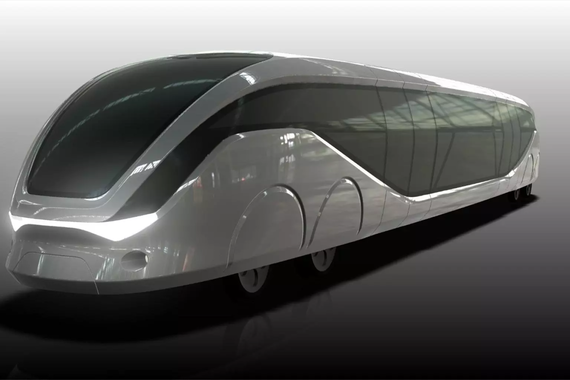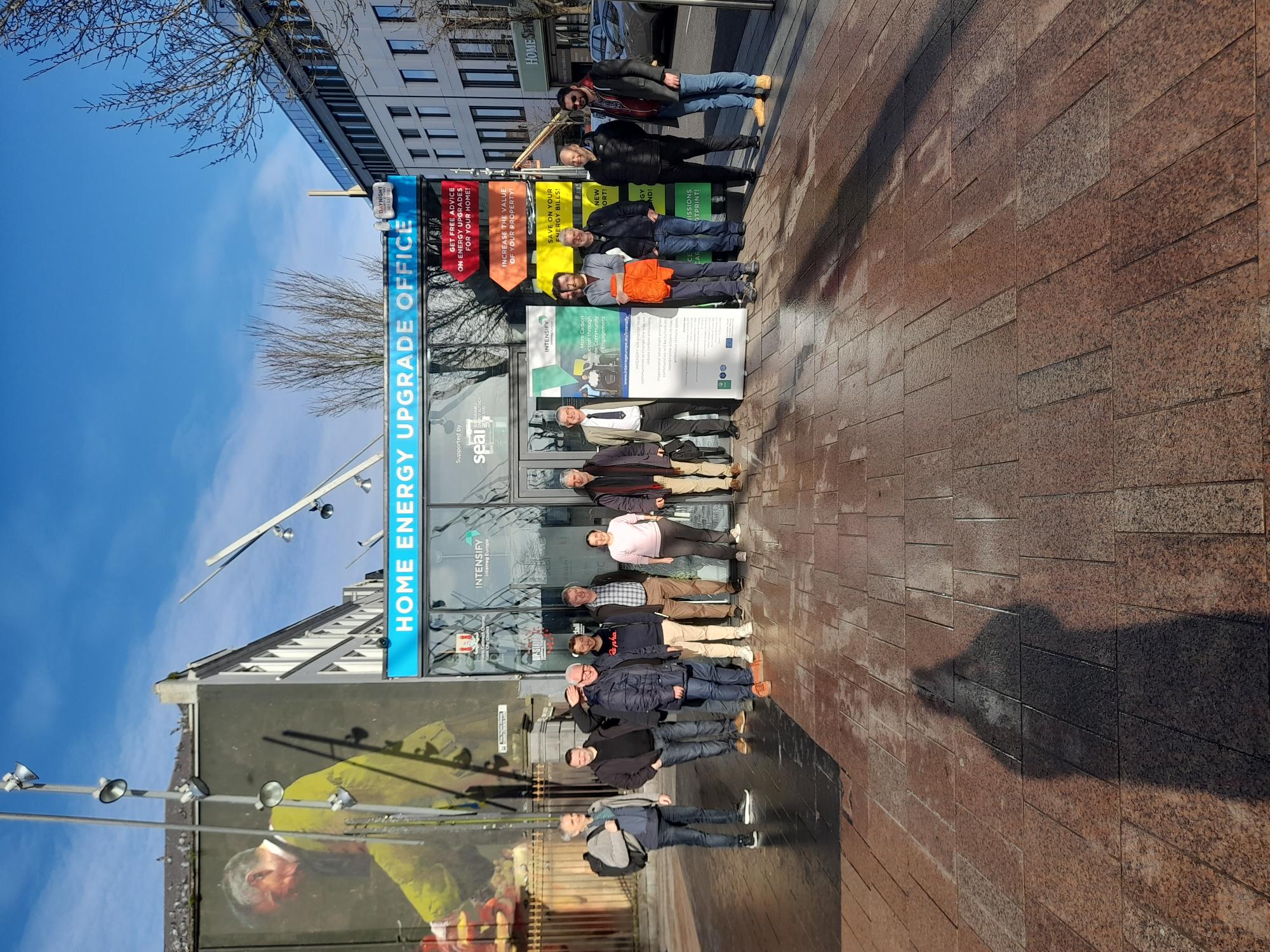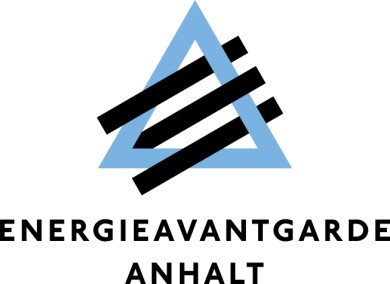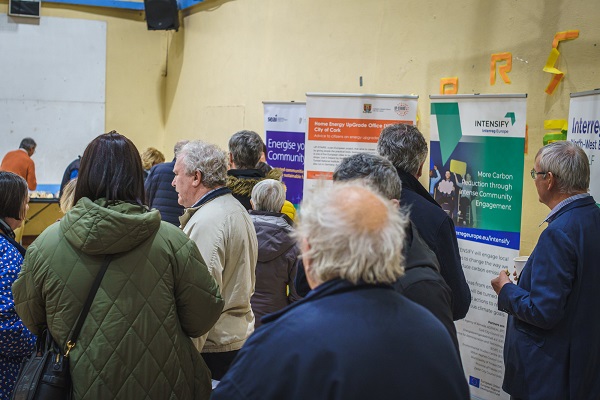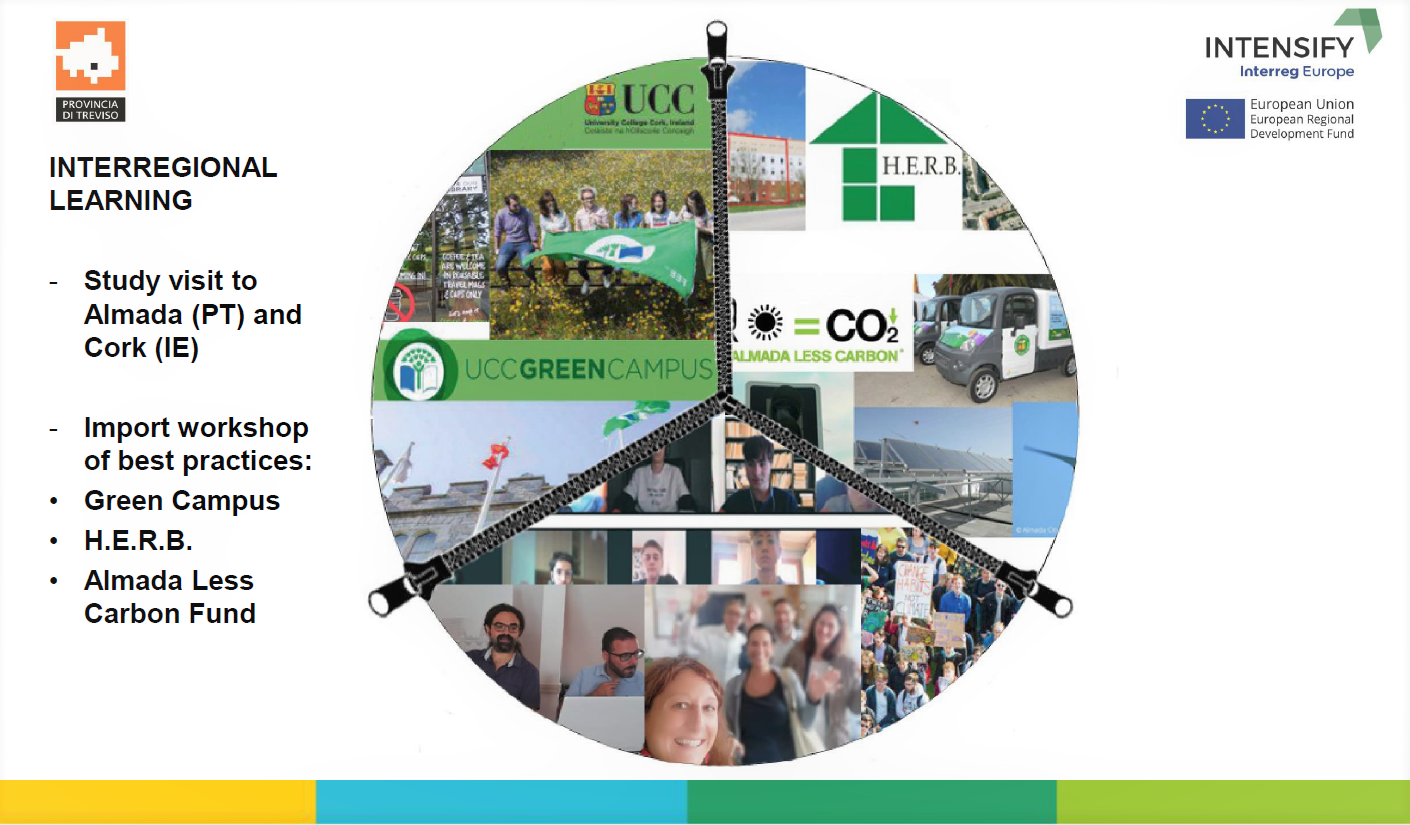Transport is becoming one of the biggest polluters of our environment in all countries - Slovenia is no exception. The biggest impact is most evident in the urban areas. Consequently, there are heavy congestion, noise, air pollution and increased vibration in the cities. There is no doubt that people will still use cars as their primary means of transport, so we are looking for more environmentally friendly - alternative fuels. A good alternative to vehicles with internal combustion engines are electric vehicles powered by electricity from renewable sources.
Electric mobility is a key technology for developing a clean and efficient transport system. Fossil energy sources such as oil or natural gas, used by our road vehicles have been producing CO2 emissions for years, contributing to climate change. Automotive industry offers different types of e-vehicles for almost every purpose: Pedelecs, e-bikes, e-scooters, e-cars and even e-trucks in different sizes and designs are available in Europe.
In 2014, Energap participated as a partner in EU project EMOBILITY WORKS. The main objective of the project was to integrate electric mobility in European municipalities and businesses by providing various types of support to key decision makers. Support consisted mainly of informational exchange, cost-benefit analyses of electric vehicle (EV), test events and analyses of people's mobility behaviour.
This project was co-funded by the Intelligent Energy Europe programme the purpose of which was to fully develop the potential of e-mobility in European municipalities and companies by developing e-mobility action plans. E-mobility action plans provided an integrated and holistic approach for the strategic and long-term integration of e-mobility at the local level. Together with the participating municipalities project partners jointly developed and completed 30 e-mobility action plans and consulted with more than 170 companies. This has triggered the purchase of more than 400 e-vehicles and more than 120 charging stations in European municipalities. In Slovenia alone, 40 new electric charging stations were installed, and 9 e-vehicles were purchased directly due to the impact of the project.
The e-mobility action plan included the following topics (areas of action):
1. Municipal fleet: Energy-efficiency of the current fleet and possibilities for transition to e-mobility.
2. Mobility of municipal employees and internal organization of mobility.
3. Municipal infrastructure.
4. Broad awareness-raising campaigns for local residents and employees.
5. Establishment of a municipal subsidy system for e-mobility and RES.
6. Municipal adaptations of legal frameworks regarding e-mobility.
E-mobility Works in Slovenia: Cities in Slovenia are aware that they are responsible for good air quality and e-mobility is one of the solutions to traffic related environmental problems in urban areas. Municipalities are therefore committed to more sustainable mobility and strive for the fulfilment of the measures from the action plans.
As part of the project, we developed electric mobility action plans for 3 municipalities: Maribor, Radlje ob Dravi and Slovenska Bistrica. In Radlje ob Dravi, they have linked e-mobility with their plans for social development and are improving the mobility of the elderly by using e-vehicles. Maribor's first steps were towards electric public buses and several electric charging stations around the city. Slovenska Bistrica analysed possibilities of e-vehicles in the municipal fleet in order to be more energy and cost efficient.


For more information please contact:
Energy Agency of Podravje,
Institution for Sustainable Energy Use,
Maribor, Slovenia
E-mail: [email protected]


